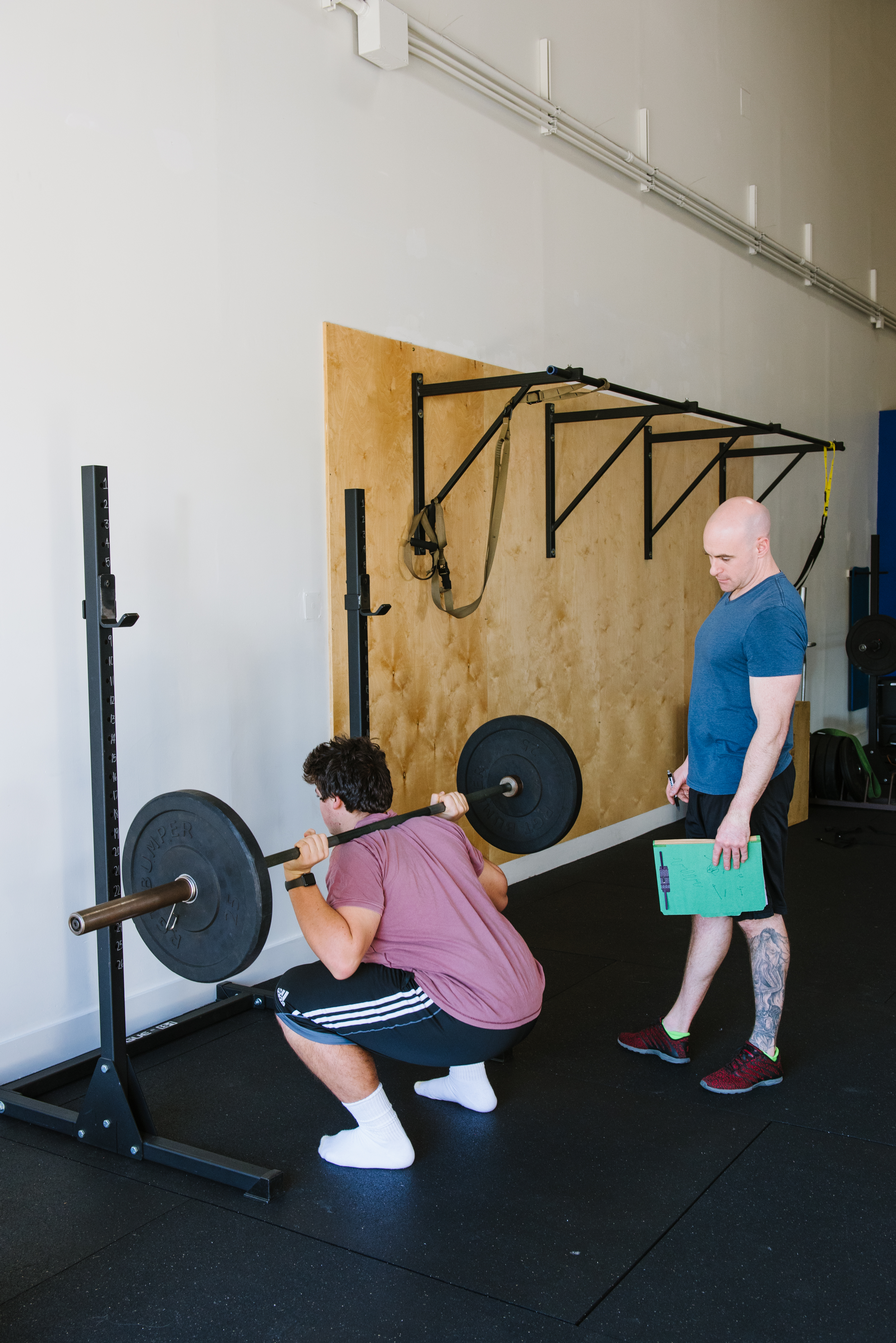Maintaining stability is an important theme to efficient functionality in our everyday lives. We can relate to this by referencing non-human structures possessing solid foundations. For example, trees have a root system that reinforces the heavy wood trunk and branch structures to grow vertically. A backhoe requires a strong load behind it to stabilize when extracting earth from the ground. Fire engines utilize stabilizers that press into the ground and distribute forces appropriately to avoid toppling over as a ladder extends to the top of a building. Even though humans don’t have roots or mechanized stabilization devices, we operate in a similar fashion when it comes to maintaining our balance and overall upright shape.
Humans are bipedal organisms. We have 2 legs and an upright torso that is stacked over our lower extremities. As we maintain our vertical posture, a vast array of stabilizing muscles and neuromuscular impulses are present that keeping us from losing our balance. The quadratus lumborum attaches to the spine, the transverse and rectus abdominus circumference the abdomen, and the psoas muscle attach to the ventral portion of the spine. These are just a few stabilizing core muscles responsible for maintaining upright posture of the torso. The glutes, deep rotator muscles of the hip, and abductor and adductor muscles serve as a form of “roots” by creating forms of torque and countermovement to stabilize the weight of the upper body. These muscles aid in lateral balance, which assists our torso and lower extremities to react and catch ourselves if our center of gravity gets disrupted during front-to-back and side-to-side movements. Without foundational strength in these muscle groups, stability, and reaction to maintain balance becomes significantly impeded.
Our personal training clients in Napa newer to the continuum of exercise can present issues of imbalances. An immediate assessment is to request a novice personal training perform a squat movement. In ideal scenarios, their form is amazing and the foundational movements that we teach first are already present. Their knees drive out, optimal posture is demonstrated, and the ankles and arches of the feet look strong without any collapse present.
In contrast, there are times where this initial assessment of balance proves to be suboptimal. A suboptimal squat presentation will demonstrate the knees caving inward, center of gravity is falling forward on the balls of the feet as the heels are lifting off the ground, and the back is rounded like an angry cat. This below average performance of the squat assessment indicates suboptimal muscular strength in the core and hip muscles. Knees caving in provides evidence of weakness in the glutes and hip abductor muscles. Squatting on the balls of the feet and lifting the heels demonstrates a “front heavy” imbalance and leads to a forward leaning center of gravity. An outwardly rounded back shows the posture needs attention as well. These failed competencies are detrimental to our bodies and functionality of our everyday lives for a multitude of reasons. Luckily, with a little attention to a few helpful exercises, these misbalancing conditions are curable.
The first movement we teach our clients before performing a squat and changing elevation of the hips is to build a solid foundation from the ground up. To start, we instruct a novice personal training client to line their toes precisely in front of them, as if their feet are perpendicular to a wall in front of them. Once that movement is established, the next cue is to “peel the ground apart,” as if trying to screw the feet into the ground like screwdriver. The right foot should be “screwing” clockwise and the left foot should be rotating counterclockwise into the floor. Another helpful cue to master this cue is to “act like you are peeling a crack apart in the ground.” If performed correctly, the balls of the feet should not come off the ground. In association with this movement, the knees and thighs will rotate slightly outward. This movement imposes a demand on the external rotational muscles attached to the hips and thighs. An indication this movement is performed correctly is the muscular engagement of the glutes and lateral thigh muscles. Once these markers are checked off, the client is instructed to” push their heels into the floor” and sit their hips down and back until a brief stretch is experienced. Lastly, during the downward decent of the squat, the final cue is to ensure that the shoulders don’t go past the knees. We use the cue “keep your chest up” to help remind clients not to tilt too far forward.
Mastering a simple exercise such as these preparatory movements of the squat triggers the muscles of lateral balance, neuromuscular facilitation of the stabilizing muscles attached to trunk of our body and improves posture. One of the keys to success in training for balance, overall functional strength, and fall injury prevention is taking the simplest of exercises that offer the most beneficial results. Mastery of the squat technique can significantly improve our balance and everyday lives.
Sean McCawley, the founder and owner of Napa Tenacious Fitness in Napa, CA, welcomes questions and comments. Reach him at 707-287-2727, napatenacious@gmail.com or visit the website napatenaciousfitness.com.

